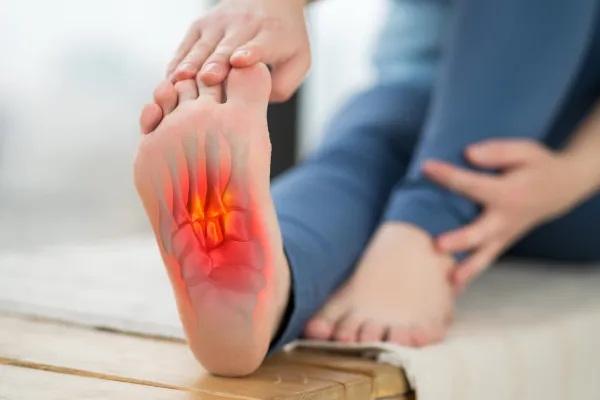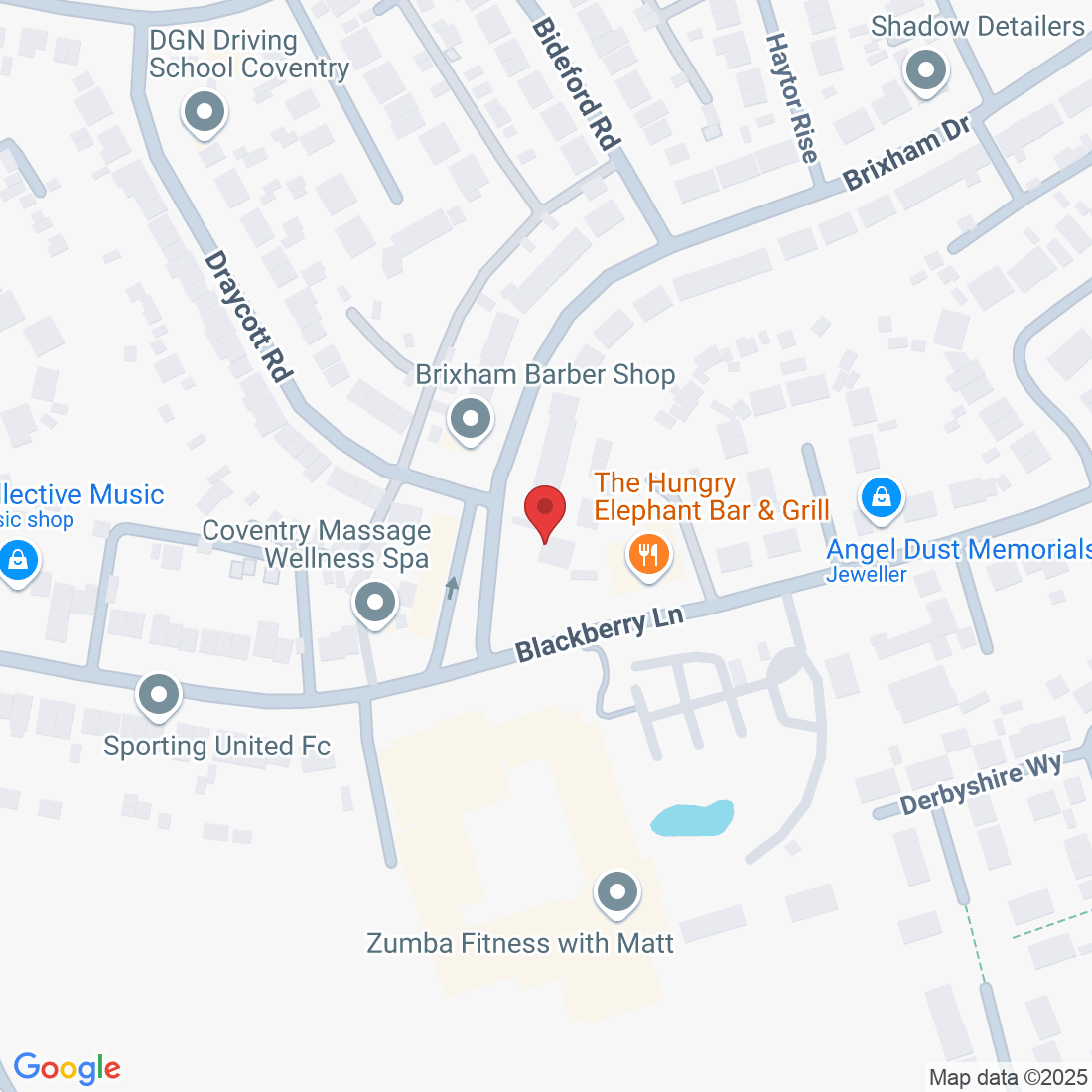
Plantar Fasciitis Exercises: Stretching and Strengthening Your Way to Pain Relief
If you’ve ever woken up with sharp pain in your heel or felt discomfort in the bottom of your foot while walking, you may have experienced the common condition known as plantar fasciitis. This condition occurs when the plantar fascia, a thick band of tissue that runs along the bottom of your foot, becomes inflamed, often due to overuse or improper foot mechanics. While the pain can be debilitating, especially in the morning or after periods of rest, the good news is that with the right exercises, you can alleviate discomfort and strengthen the affected area to prevent further injury.
In this blog, we’ll explore the best stretching and strengthening exercises to help manage and relieve plantar fasciitis pain.
Why Exercises Matter for Plantar Fasciitis
Exercise plays a crucial role in managing and recovering from plantar fasciitis. Stretching exercises help loosen tight muscles and tendons that contribute to the condition, while strengthening exercises build the muscles in the foot and lower leg to better support the plantar fascia. When these exercises are done regularly, they can reduce pain, increase mobility, and prevent future flare-ups.
Let’s look at some of the best exercises for plantar fasciitis:
1. Calf Stretch
The calf muscles are directly connected to the plantar fascia, and tightness in the calves is one of the common causes of plantar fasciitis. Stretching the calf muscles can help reduce strain on the plantar fascia and alleviate pain.
How to do it:
Stand facing a wall with one foot in front of the other.
Place your hands on the wall for support.
Bend your front knee and keep your back leg straight, with the heel of your back foot on the ground.
Hold the stretch for 30 seconds and repeat 3 times on each leg.
This stretch helps to relieve tension in the Achilles tendon and the calf, which, in turn, takes pressure off the bottom of the foot.
2. Plantar Fascia Stretch
This stretch targets the plantar fascia itself, helping to release the tension that contributes to heel pain.
How to do it:
Sit in a chair and cross one leg over the other.
Grab the toes of your affected foot and gently pull them back towards your shin until you feel a stretch along the bottom of your foot.
Hold for 30 seconds and repeat 3 times.
Doing this stretch before getting out of bed in the morning can help prevent the sharp, stabbing pain that often occurs with the first steps of the day.
3. Towel Stretch
This simple stretch targets both the plantar fascia and the calf muscles, helping to improve flexibility and reduce tension.
How to do it:
Sit on the floor with your legs stretched out in front of you.
Take a towel or a resistance band and loop it around the ball of your foot with plantar fasciitis.
Gently pull the towel or band towards you until you feel a stretch at the bottom of your foot and the back of your leg.
Hold for 30 seconds and repeat 3 times.
4. Foot Roll
Using a frozen water bottle or a tennis ball for a foot roll can help reduce inflammation and massage the plantar fascia. This exercise is particularly helpful for easing the pain after a long day of standing or walking.
How to do it:
Sit in a chair and place a tennis ball or frozen water bottle under the arch of your foot.
Gently roll the ball back and forth along the bottom of your foot, focusing on any areas of pain or tightness.
Do this for 5–10 minutes on each foot.
This exercise helps to break up scar tissue, increase circulation, and reduce inflammation in the affected area.
5. Toe Tapping (Strengthening)
Strengthening the muscles in your feet and lower legs can help prevent the recurrence of plantar fasciitis by supporting the arch and reducing strain on the plantar fascia.
How to do it:
Sit in a chair with your feet flat on the ground.
Slowly lift your toes off the ground, while keeping your heels planted.
Hold for 5–10 seconds and lower your toes back down.
Repeat 10–15 times for each foot.
This exercise helps strengthen the small muscles in the foot and can contribute to better overall foot function.
6. Towel Scrunches
Towel scrunches are another great exercise to strengthen the foot muscles, particularly the arch and toes.
How to do it:
Sit in a chair and place a towel flat on the floor in front of you.
Use your toes to scrunch the towel towards you, working the muscles in your foot.
Repeat for 2-3 minutes.
This exercise targets the small muscles in the foot and helps to improve the arch's strength, which can relieve stress on the plantar fascia.
7. Heel Raises (Strengthening)
Heel raises help strengthen the calf and foot muscles, providing better support for the plantar fascia.
How to do it:
Stand with your feet hip-width apart and slowly raise your heels so you’re standing on the balls of your feet.
Lower slowly back down.
Repeat 10–15 times, and do 3 sets.
Heel raises improve muscle strength in the calves, which helps stabilise the foot and reduce strain on the plantar fascia.
Final Thoughts
Incorporating these stretching and strengthening exercises into your daily routine can provide significant relief from the pain and discomfort of plantar fasciitis. Remember, consistency is key to seeing results, so be patient with your progress.
If you’re struggling with plantar fasciitis and the pain isn’t improving with exercise or at-home care, it may be time to consult a podiatrist. At Coventry Foot Clinic, we offer expert care and a range of treatments to help you get back on your feet. Whether it’s custom orthotics, shockwave therapy, or professional guidance on your foot health, we’re here to support you every step of the way.
Ask Abid And His Team
Fill in the form to request a Call From Our Team
One of our team will call you for FREE and answer any questions or concerns you may have about your uncomfortable Foot Pain
© Copyright 2022. Biomechanix Clinic Ltd. All rights reserved.





